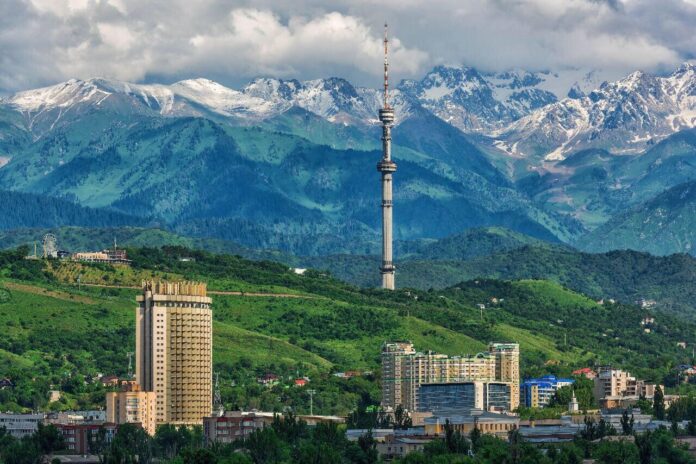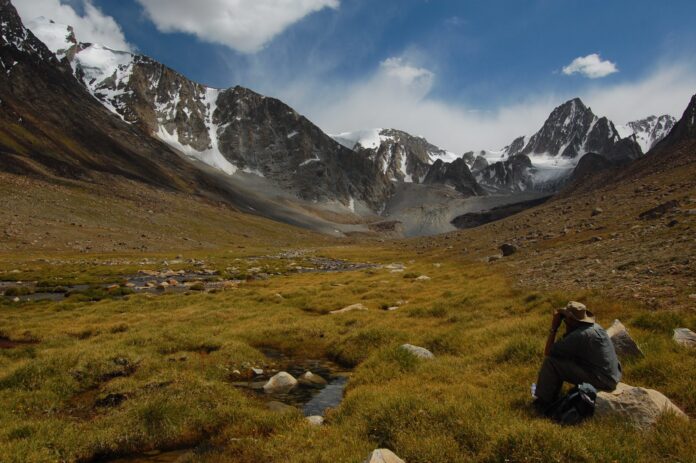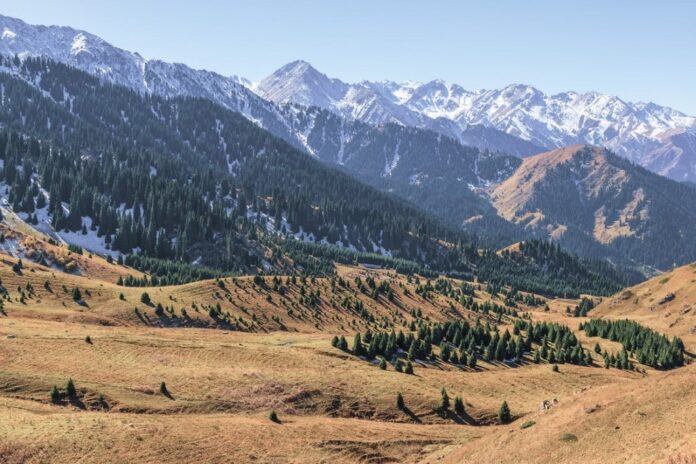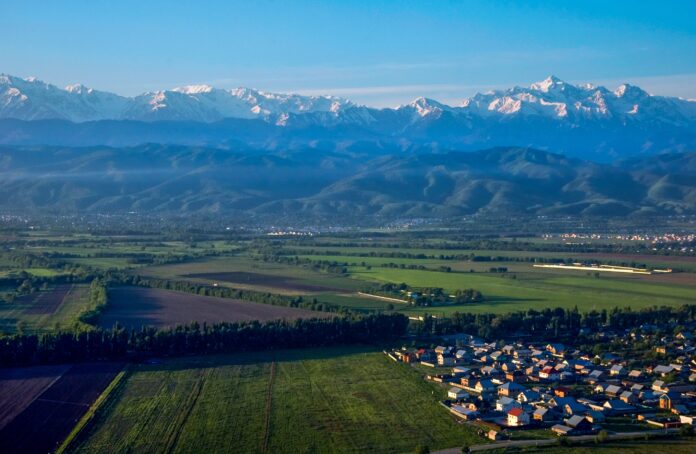Central Asia, a region often overlooked, surprises many with its remarkably clean environment. This article delves into the various aspects that make Central Asia stand out in terms of environmental cleanliness. From unique geographical features to sustainable practices, we’ll uncover the secrets behind the region’s pristine surroundings.
Factors Contributing to Cleanliness

Geographical Blessings
Central Asia boasts vast, untouched landscapes. The expansive deserts, high mountain ranges, and steppes contribute to the region’s clean air and minimal pollution levels. These natural barriers act as guardians, preserving the environment against external pollutants.
You can make sure of it yourself by buying one of the most beautiful Almaty tours. You will be pleasantly surprised by the beauty of this city.
Altitude Advantage
The elevated terrain of Central Asia plays a pivotal role. Higher altitudes often mean cleaner air, as pollutants disperse more effectively. Explore how the mountainous topography aids in maintaining the region’s atmospheric purity.
Sustainable Practices
Central Asian communities embrace sustainable living. From traditional agricultural methods to eco-friendly housing, discover how these practices promote a harmonious coexistence with nature. The locals’ deep connection with the land contributes to the overall cleanliness of the environment.
Nomadic Wisdom
Explore the nomadic traditions that prioritize sustainable resource use. Learn how centuries-old practices of mobility and resourcefulness contribute to the region’s eco-friendly footprint.
Central Asia’s Unique Biodiversity

Flora and Fauna Harmony
Central Asia’s biodiversity is a testament to its clean environment. Delve into the unique species that thrive in this region and understand how the balance between flora and fauna is crucial for maintaining ecological cleanliness.
Endangered Species Protection
Learn about Central Asia’s efforts in preserving endangered species. Government initiatives and local participation contribute to a balanced ecosystem, ensuring the environment remains pristine for generations to come.
If you want to get a closer look at Central Asia, it’s best to start by considering Kazakhstan tours. This country is the most interesting in terms of tourism and traveling comfort.
Why is the Environment in Central Asia Relatively Clean?

Government Initiatives
Central Asian governments prioritize environmental conservation. Explore the policies and initiatives that focus on reducing pollution, promoting green energy, and ensuring sustainable development. Discover how these efforts create a positive impact on the region’s cleanliness.
Impact of Industrialization
The impact of industrialization on Central Asia’s environment is a critical consideration in discussions of cleanliness. Rapid industrial growth in sectors such as mining, manufacturing, and energy production has the potential to introduce pollutants and degrade natural habitats.
Efforts to balance economic development with environmental sustainability are essential to mitigate negative consequences. By implementing clean technologies, enforcing stringent regulations, and promoting eco-friendly practices, Central Asian nations can minimize the adverse effects of industrialization and preserve the region’s pristine surroundings for future generations.
Water Conservation Efforts
Given Central Asia’s arid climate and water scarcity challenges, water conservation efforts are paramount for maintaining environmental cleanliness.
Sustainable water management practices, such as drip irrigation, rainwater harvesting, and efficient water use in agriculture and urban areas, are crucial to ensure the availability of this precious resource for both humans and ecosystems.
Additionally, investing in water infrastructure, promoting water-saving technologies, and raising public awareness about water conservation are integral components of comprehensive water conservation strategies.
International Cooperation
International cooperation plays a vital role in addressing environmental challenges in Central Asia. Given the transboundary nature of environmental issues such as air and water pollution, biodiversity conservation, and climate change, collaborative efforts among neighboring countries and international organizations are essential.
Sharing best practices, exchanging scientific knowledge, and coordinating policies and initiatives can enhance the effectiveness of environmental conservation efforts in the region. By fostering dialogue, building partnerships, and mobilizing resources on a global scale, Central Asian nations can tackle shared environmental concerns and work towards a cleaner and more sustainable future.
Technological Innovations
Technological innovations hold significant promise for advancing environmental cleanliness in Central Asia. From renewable energy technologies to green transportation solutions, a wide range of innovations can contribute to reducing pollution, conserving natural resources, and mitigating climate change impacts.
Embracing clean energy sources such as solar, wind, and hydropower can help reduce reliance on fossil fuels and lower greenhouse gas emissions. Additionally, smart technologies for waste management, air quality monitoring, and water treatment can improve environmental management practices and enhance overall cleanliness.
FAQs About Central Asia’s Clean Environment
Q: What makes Central Asia’s air quality superior?
Central Asia’s high altitude and geographical features contribute to superior air quality. The region’s mountains and vast landscapes act as natural filters, keeping the air clean and pure.
Q: How do nomadic practices impact the environment?
Nomadic practices in Central Asia, such as sustainable resource use and mobility, have a positive impact on the environment. These practices ensure a minimal ecological footprint, contributing to the region’s cleanliness.
Q: Are there any environmental challenges in Central Asia?
While Central Asia enjoys a relatively clean environment, it faces challenges like water scarcity and habitat loss. Efforts are underway to address these issues and maintain the region’s pristine state.
Q: How does Central Asia protect its biodiversity?
Central Asia implements stringent measures to protect its biodiversity. Government initiatives, conservation projects, and community involvement play a crucial role in preserving endangered species and maintaining ecological balance.
Q: Can Central Asia’s sustainable practices be adopted globally?
Central Asia’s sustainable practices offer valuable lessons for global environmental conservation. The region’s commitment to eco-friendly living sets an example for adopting similar practices worldwide.
Q: What role do local communities play in environmental conservation?
Local communities in Central Asia actively participate in environmental conservation. Their deep connection with the land translates into responsible practices, contributing to the overall cleanliness of the environment.
Conclusion
In conclusion, Central Asia’s clean environment is a result of a harmonious blend of geographical advantages, sustainable practices, and dedicated governmental efforts. This often-overlooked region serves as an inspiration for global environmental conservation. As we celebrate Central Asia’s pristine surroundings, let’s reflect on the lessons it offers for a sustainable and eco-friendly future.








